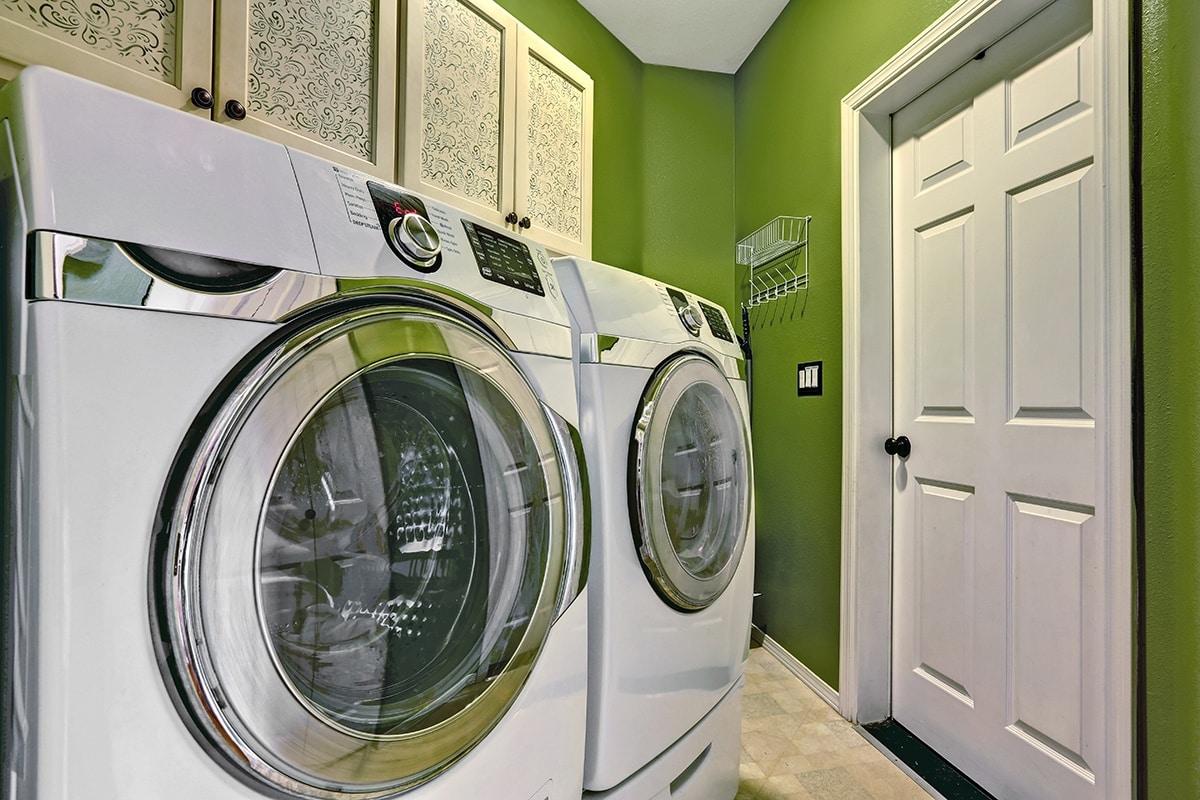If someone can’t remember how long it’s been since they purchased their pillow, it might be time to think about replacing it.
How often should you replace pillows? Even if someone is not experiencing pain or discomfort, experts say the general rule of thumb is that they should get a new pillow every one to two years.
Consumers may be ready for a new pillow if they are constantly punching or re-fluffing their down or synthetic pillow to get support or if their foam pillow looking and feeling lumpy.
People can also try folding the pillow in half. If it stays folded then it’s time for a new pillow.
Why Should I Replace My Pillow?
There are two key reasons why people should replace their pillow.
Hygiene
Just like mattresses, we can let body oils, dead skin cells, and fluids absorb into the pillow and build up over time. Not only is that kind of uncomfortable to think about, but it can become an environment that bacteria, dust mites, and allergens will start to call home.
Good Sleep
When someone’s neck and head is supported properly and their spine is aligned, they sleep better. Over time, pillows will naturally flatten out and lose their original shape.
This goes for pretty much any pillow filling and can be thought of as general wear and tear. Replacing one’s pillow ensures that they’re getting the right alignment for their head and neck every night.
RELATED: Best Pillows for Side Sleepers
How Can I Make My Pillow Last Longer?
Just like people are encouraged to protect their mattress, they should plan to encase their pillow with a protective cover. This will keep allergens at bay and stop the pillow from absorbing all of one’s face and body oils (and drool!). Wash the cover roughly once a month.
Clean the actual pillow at least once a year. Some experts suggest people clean it as often as every three months.
Follow the care instructions for one’s specific pillow, some may tell people to have it professionally done but others they can launder at home.
Some pillows – like shredded memory foam pillows – may need an extra spin to get rid of excess water and a little extra time in the dryer in order to ensure it’s completely dry.
For non-washable pillows, vacuum them or throw them in the dryer on “air only” setting for 15-20 minutes. Spot clean stains with a cloth that’s been lightly moistened with mild soap and water.
How Often Should You Replace Pillows? The Bottom Line
To ensure a good night’s sleep and proper head and neck support, people should keep an eye on how long they’ve had their pillow. After two years, consider replacing it – there are so many types of pillows out there to choose from.
RELATED: Best Pillows of 2025 for Every Sleeper
In the meantime, people can help keep their pillow in good shape by cleaning it regularly (if possible) and being aware of any neck discomfort or stiffness that may indicate that the pillow is no longer supporting people correctly.



